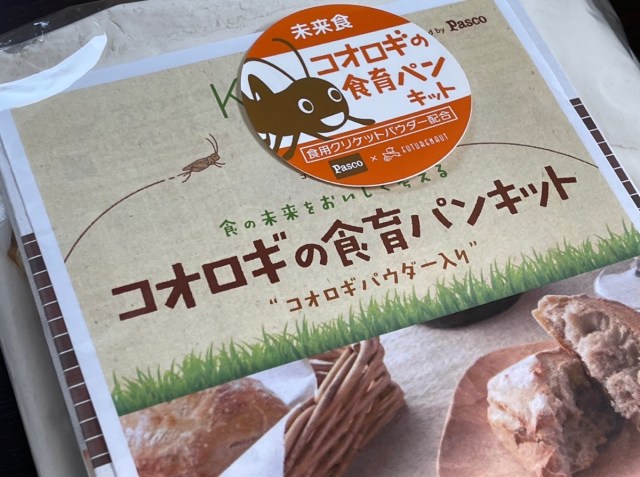
We try some home baking with one of the most cutting-edge sustainable proteins around.
There’s a big push right now to try out meat alternatives due to the environmental impact of meat and dairy farming, hence the emphasis on meatless products. Of course, not all meat is farmed equally. Some meats are much more sustainable when compared to beef and pork, and might be an option to consider when changing up your diet! Unfortunately, the meats we’re talking about come from insects.
Some products like Muji’s cricket crackers and the edible bugs available in vending machines have seen success, but let’s be real—most people don’t find insects appetizing, and especially not when they’re intact.
Pasco Shikishima, a company known throughout Japan for its bread and baking products, has taken a step to normalize insect edibility with a new Future Foods project, Korogi (Cricket) Cafe. Through their dedicated website, you can order a bread-baking kit that comes with two bags of cricket powder with which to fortify your loaves. So we did exactly that.
▼ The kit costs 2,376 yen (US$21.49).
The kit comes with a 330-gram (1.4-cup) bag of Hokkaido-sourced wheat flour, two 30-gram (0.25-cup) bags of cricket powder, 5 grams (1.13 teaspoons) of instant yeast, and two 6-gram (1.4-teaspoon) sachets of honey—enough to bake two full loaves of delicious cricket bread.
We’ve only tried our hand at baking a couple of times before, and always with the assistance of baking kits. So this should be…interesting!
▼ Opening the bag produces a fragrant aroma almost like roasted nuts.
We poured out the contents of the cricket powder into a bowl and marveled at how thoroughly normal it looked. No creepy-crawly bits or stray legs, just a grainy substance that almost resembled cocoa powder.
▼ Yes, reader, we licked the raw powder. It tasted like bitter medicine. Definitely cook it first!
We then followed the directions to mix salt, instant yeast, and cricket powder into the provided flour. The kit proclaimed that we could use as much or as little cricket powder as we liked. We’re no chickens, so we emptied the entire bag into the mix.
We’d initially assumed that the honey was included as a garnish to drizzle over your completed loaves. But no, the honey is added into the dough during the mixing stage!
After mixing our dough we were left with this unappetizing greyish blob.
Time to leave it to ferment! We left it covered in the fridge overnight, where it stayed for 12 to 18 hours. When we came back to check on it, the dough had expanded quite nicely. Or…wait. The kit described the dough as being “gentle”, so we had actually over-fermented our dough. Curses!
▼ We hadn’t been super specific when measuring out the yeast, which is probably how this happened.
The dough was quite moist, as the manual warned us. This made it very sticky. It stuck to pretty much every surface we introduced it to.
We dusted the area liberally to try to counteract this and then rolled it out as best as we could. The idea was to get it into a rectangle shape, but…well, we did our best.
Here, we folded the dough over three times and then split the dough into eighths. More flour was dusted atop of the individual pieces so that we could make incisions with the kitchen scissors. Scoring the bread helps it to rise consistently, but each time we slashed our bread the cut healed immediately like the skin of a shonen anime villain with regenerative powers.
Then we hit another snag. The manual asked us to ensure that our oven was set to “steam” as the loaves baked. We had a simple toaster oven, which specializes in heating frozen food, and warming up eye masks. We put a little paper case into the oven along with a dash of water and hoped for the best.
After twenty minutes, here’s how our loaves looked!
The resulting bread was a simple rustic French loaf with a crunchy crust. The crickets lend it an earthy, dark color similar to rye.
▼ We baked one loaf without cricket powder for comparison’s sake.
The aroma from the cricket powder, that roasted nut scent, is still very much present after baking the loaf. And despite over-proofing our dough, we found that the bread came out with a crunchy, crisp crust and a soft and chewy center! A success!
▼ Fresh-baked bread is delicious, crickets or no crickets.
The crickets only add a subtle flavor to the bread without changing anything too drastically. The crickets in question are sourced from a sustainable, edible-cricket farm in Thailand and provide a nutrient-dense protein to whatever they’re mixed into.
Personally, we’re pretty squeamish when it comes to bugs. But the amount of information about the cricket farming process, the nutritional properties, and the step-by-step instructions for how to utilise them definitely eased our fears long enough to try this out. This might make for a good baking project with your kids to help them get used to the idea of consuming insects—and potentially cooking with them more often in the future!
Related: Pasco Future Foods Labo — Korogi Cafe
Images © SoraNews24
● Want to hear about SoraNews24’s latest articles as soon as they’re published? Follow us on Facebook and Twitter!
[ Read in Japanese ]

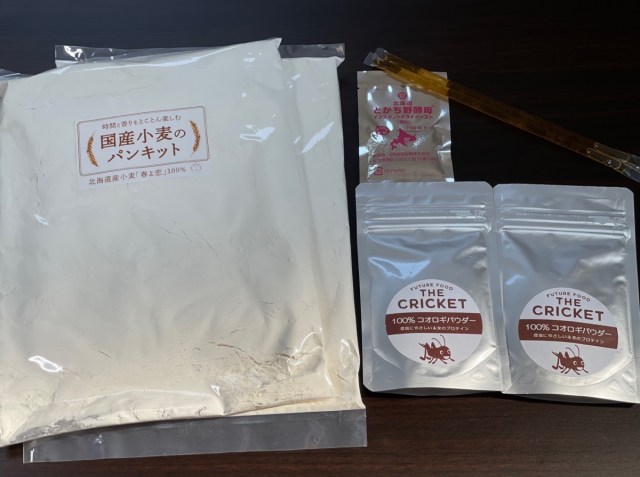
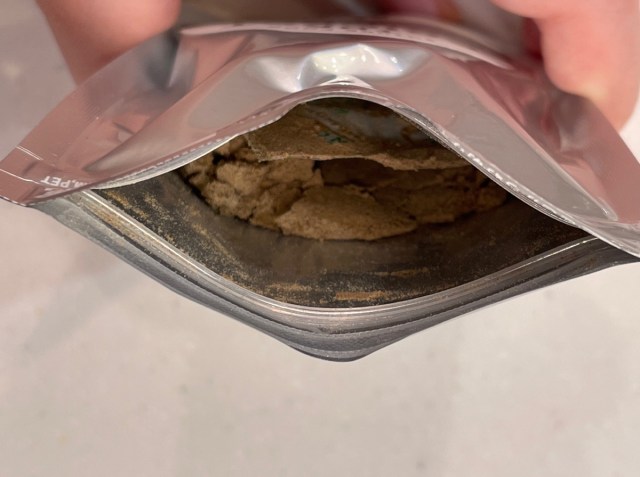

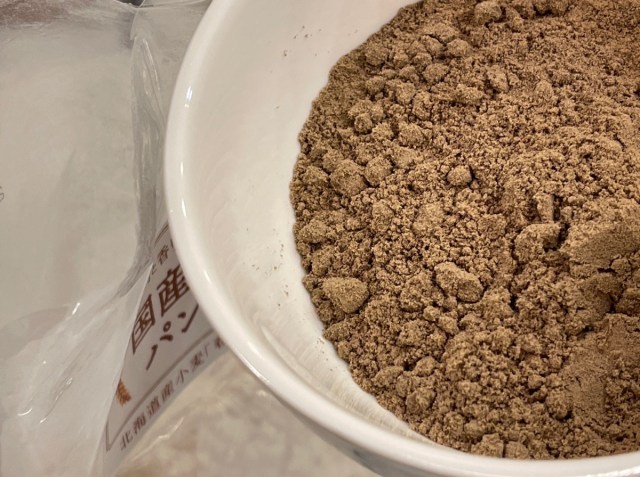
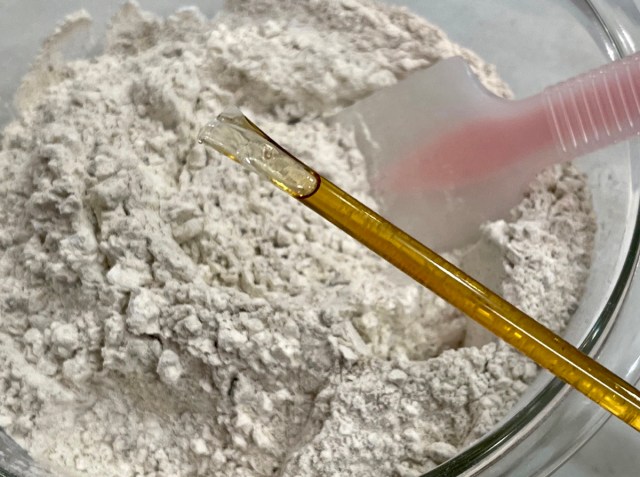
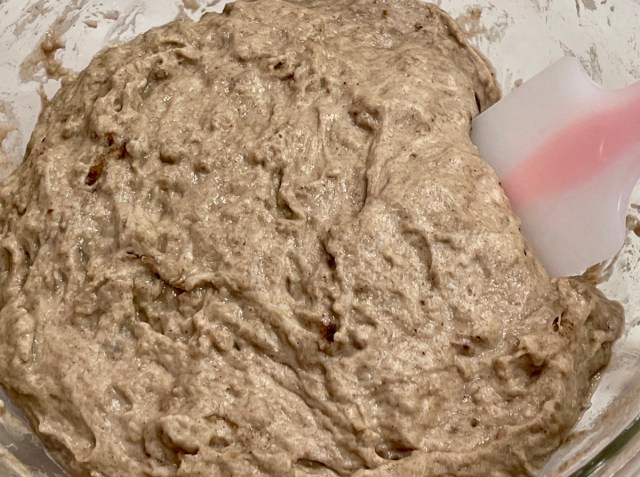
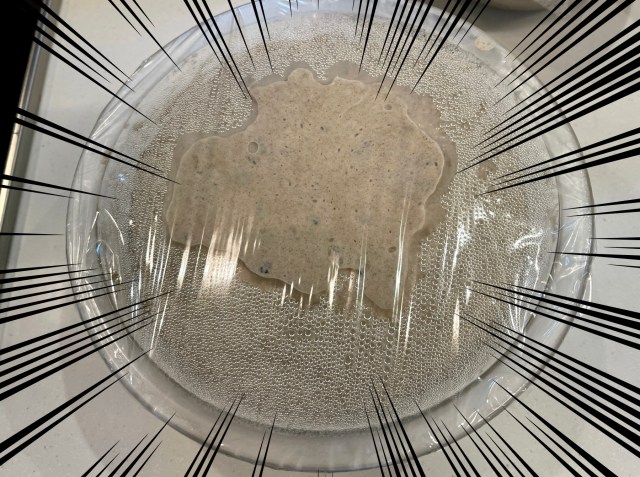
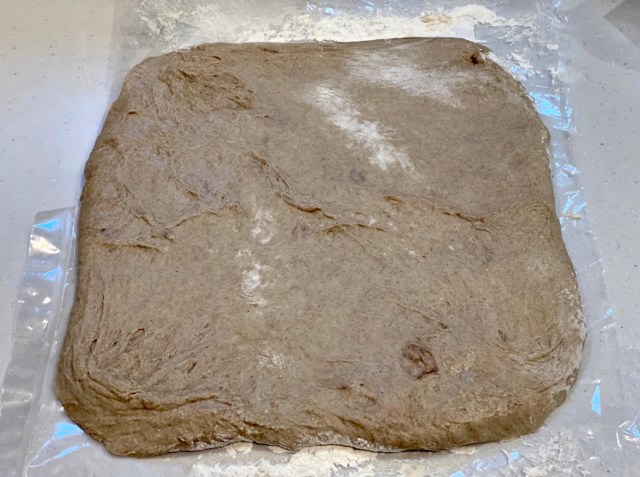
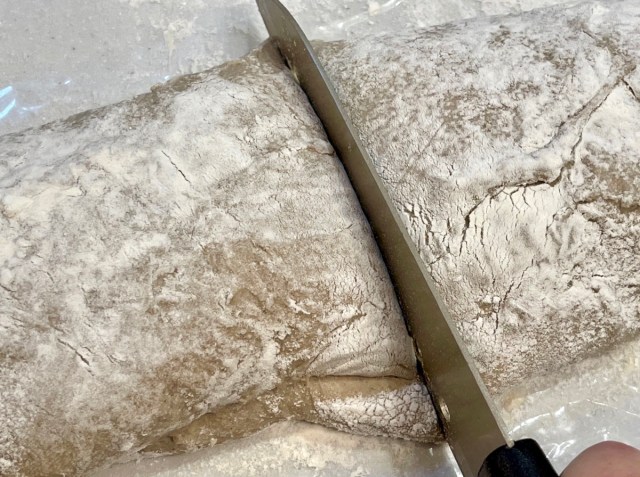
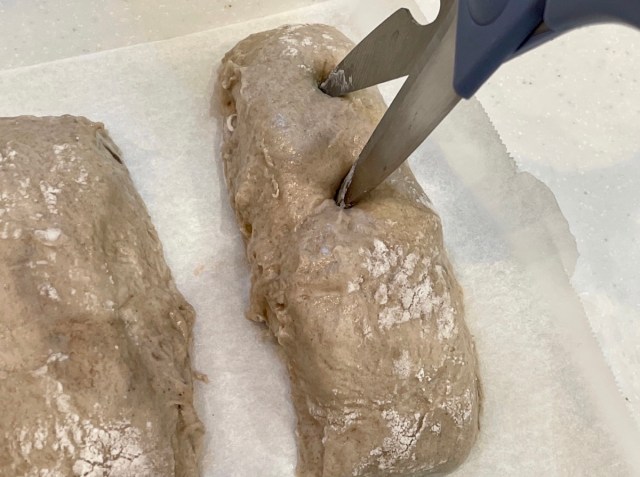
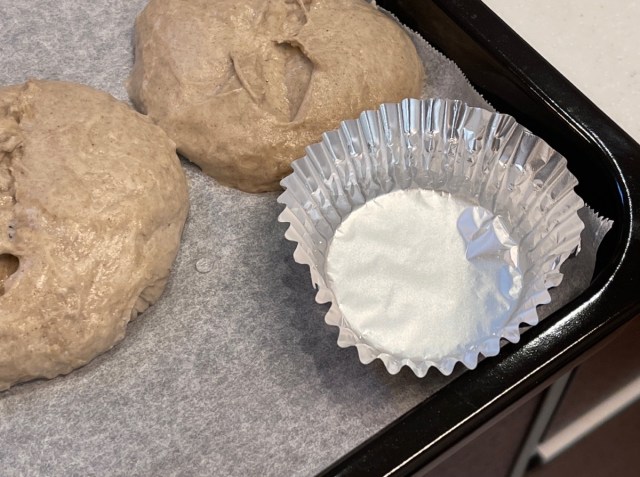
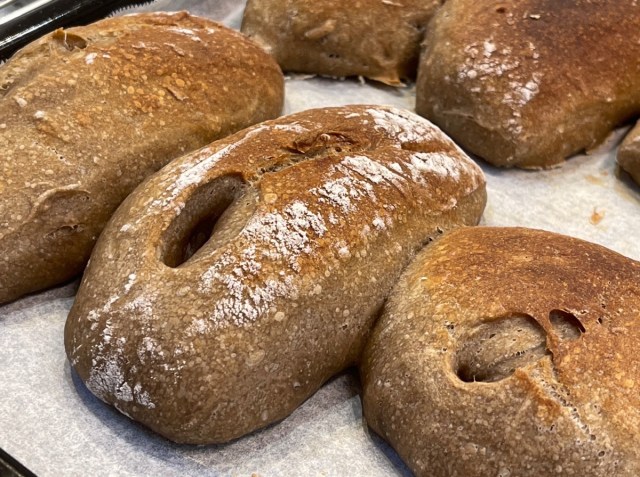
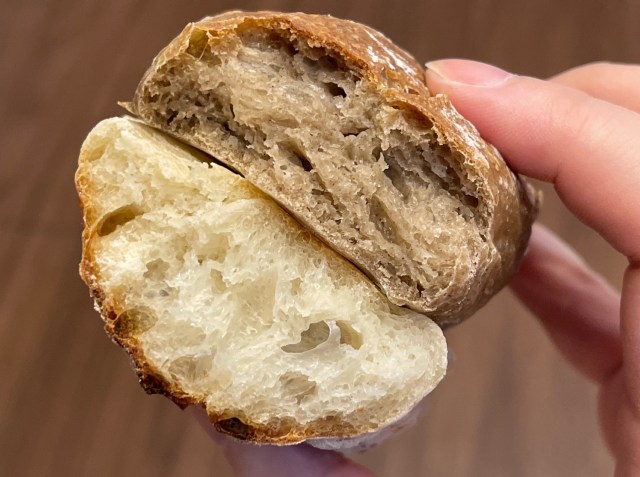
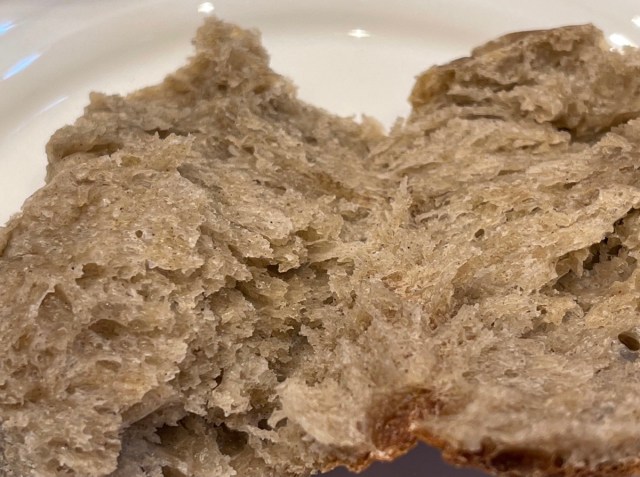
 We tried cricket udon made with 100 crickets, and then we added some more crickets
We tried cricket udon made with 100 crickets, and then we added some more crickets Matcha green tea cricket protein bars appear in Japan, and we’ve eaten them【Taste test】
Matcha green tea cricket protein bars appear in Japan, and we’ve eaten them【Taste test】 Get those gains and a protein boost with Muji’s newest, limited edition cricket crackers
Get those gains and a protein boost with Muji’s newest, limited edition cricket crackers Capsule machine found in Nara with mystery edible insects
Capsule machine found in Nara with mystery edible insects Gourmet crickets raised on an almond-rich diet now available for snacking in Japan
Gourmet crickets raised on an almond-rich diet now available for snacking in Japan Foreigner’s request for help in Tokyo makes us sad for the state of society
Foreigner’s request for help in Tokyo makes us sad for the state of society Harajuku Station’s beautiful old wooden building is set to return, with a new complex around it
Harajuku Station’s beautiful old wooden building is set to return, with a new complex around it Ghibli Park now selling “Grilled Frogs” from food cart in Valley of Witches
Ghibli Park now selling “Grilled Frogs” from food cart in Valley of Witches Historical figures get manga makeovers from artists of Spy x Family, My Hero Academia and more
Historical figures get manga makeovers from artists of Spy x Family, My Hero Academia and more Japanese city loses residents’ personal data, which was on paper being transported on a windy day
Japanese city loses residents’ personal data, which was on paper being transported on a windy day Anime girl English teacher Ellen-sensei becomes VTuber/VVTUber and NFT
Anime girl English teacher Ellen-sensei becomes VTuber/VVTUber and NFT We try McDonald’s Japan’s new teriyaki burgers
We try McDonald’s Japan’s new teriyaki burgers Limited-edition Carbonara Udon will anger noodle purists and pasta lovers 【Taste test】
Limited-edition Carbonara Udon will anger noodle purists and pasta lovers 【Taste test】 Smash Bros. director Sakurai stabs Kirby in the face, has delicious justification for it
Smash Bros. director Sakurai stabs Kirby in the face, has delicious justification for it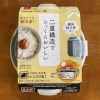 We test Daiso’s new storage container to see if it keeps rice fluffy even after freezing
We test Daiso’s new storage container to see if it keeps rice fluffy even after freezing McDonald’s new Happy Meals offer up cute and practical Sanrio lifestyle goods
McDonald’s new Happy Meals offer up cute and practical Sanrio lifestyle goods Japanese ramen restaurants under pressure from new yen banknotes
Japanese ramen restaurants under pressure from new yen banknotes French Fries Bread in Tokyo’s Shibuya becomes a hit on social media
French Fries Bread in Tokyo’s Shibuya becomes a hit on social media Studio Ghibli releases new action figures featuring Nausicaä of the Valley of the Wind characters
Studio Ghibli releases new action figures featuring Nausicaä of the Valley of the Wind characters New private rooms on Tokaido Shinkansen change the way we travel from Tokyo to Kyoto
New private rooms on Tokaido Shinkansen change the way we travel from Tokyo to Kyoto Red light district sushi restaurant in Tokyo shows us just how wrong we were about it
Red light district sushi restaurant in Tokyo shows us just how wrong we were about it Tokyo Tsukiji fish market site to be redeveloped with 50,000-seat stadium, hotel, shopping center
Tokyo Tsukiji fish market site to be redeveloped with 50,000-seat stadium, hotel, shopping center All-you-can-drink Starbucks and amazing views part of Tokyo’s new 170 meter-high sky lounge
All-you-can-drink Starbucks and amazing views part of Tokyo’s new 170 meter-high sky lounge Beautiful Ghibli sealing wax kits let you create accessories and elegant letter decorations【Pics】
Beautiful Ghibli sealing wax kits let you create accessories and elegant letter decorations【Pics】 Studio Ghibli releases Kiki’s Delivery Service chocolate cake pouches in Japan
Studio Ghibli releases Kiki’s Delivery Service chocolate cake pouches in Japan New definition of “Japanese whiskey” goes into effect to prevent fakes from fooling overseas buyers
New definition of “Japanese whiskey” goes into effect to prevent fakes from fooling overseas buyers Our Japanese reporter visits Costco in the U.S., finds super American and very Japanese things
Our Japanese reporter visits Costco in the U.S., finds super American and very Japanese things Studio Ghibli unveils Mother’s Day gift set that captures the love in My Neighbour Totoro
Studio Ghibli unveils Mother’s Day gift set that captures the love in My Neighbour Totoro More foreign tourists than ever before in history visited Japan last month
More foreign tourists than ever before in history visited Japan last month New Pokémon cakes let you eat your way through Pikachu and all the Eevee evolutions
New Pokémon cakes let you eat your way through Pikachu and all the Eevee evolutions Sales of Japan’s most convenient train ticket/shopping payment cards suspended indefinitely
Sales of Japan’s most convenient train ticket/shopping payment cards suspended indefinitely Sold-out Studio Ghibli desktop humidifiers are back so Totoro can help you through the dry season
Sold-out Studio Ghibli desktop humidifiers are back so Totoro can help you through the dry season Japanese government to make first change to romanization spelling rules since the 1950s
Japanese government to make first change to romanization spelling rules since the 1950s Ghibli founders Toshio Suzuki and Hayao Miyazaki contribute to Japanese whisky Totoro label design
Ghibli founders Toshio Suzuki and Hayao Miyazaki contribute to Japanese whisky Totoro label design Doraemon found buried at sea as scene from 1993 anime becomes real life【Photos】
Doraemon found buried at sea as scene from 1993 anime becomes real life【Photos】 Tokyo’s most famous Starbucks is closed
Tokyo’s most famous Starbucks is closed One Piece characters’ nationalities revealed, but fans have mixed opinions
One Piece characters’ nationalities revealed, but fans have mixed opinions We asked a Uniqlo employee what four things we should buy and their suggestions didn’t disappoint
We asked a Uniqlo employee what four things we should buy and their suggestions didn’t disappoint Princesses, fruits, and blacksmiths: Study reveals the 30 most unusual family names in Japan
Princesses, fruits, and blacksmiths: Study reveals the 30 most unusual family names in Japan We try insect snacks from this vending machine in Tokyo, and get a bonus surprise in the capsule
We try insect snacks from this vending machine in Tokyo, and get a bonus surprise in the capsule We try eating insects — they don’t taste like chicken
We try eating insects — they don’t taste like chicken Major Japanese bread producer begins selling croissants and cakes made from silkworms
Major Japanese bread producer begins selling croissants and cakes made from silkworms This decommissioned bus on the side of the road in Tochigi serves up some tasty ramen
This decommissioned bus on the side of the road in Tochigi serves up some tasty ramen Japan gifts the world with First Essence Tagame Gin made from a giant water bug
Japan gifts the world with First Essence Tagame Gin made from a giant water bug Japanese Twitter completely enthralled by a cricket-powered toy car【Video】
Japanese Twitter completely enthralled by a cricket-powered toy car【Video】 Tokyo bread wholesaler Tobu Pan Chokubaisho’s yummy bread makes Mr. Sato want to live next door
Tokyo bread wholesaler Tobu Pan Chokubaisho’s yummy bread makes Mr. Sato want to live next door This Japanese man dated a cockroach, dreamed of having sex with it 【Video】
This Japanese man dated a cockroach, dreamed of having sex with it 【Video】 Great deals on edible scorpions and more at Village Vanguard this holiday season!
Great deals on edible scorpions and more at Village Vanguard this holiday season! Adorable cat-shaped slices of delicious Japanese bread now become Disney cats for a limited time
Adorable cat-shaped slices of delicious Japanese bread now become Disney cats for a limited time We accidentally buy some silkworm candy at Hokkaido’s Vending Machine Land
We accidentally buy some silkworm candy at Hokkaido’s Vending Machine Land Are the new sold-out official Pokémon cookie kits worth the hype?
Are the new sold-out official Pokémon cookie kits worth the hype? PewDiePie tries “every” Japanese snack and this is how people in Japan reacted to it
PewDiePie tries “every” Japanese snack and this is how people in Japan reacted to it Sliced cheese-style apple pie sheets you cook in toaster oven may be Japan’s latest dessert hit
Sliced cheese-style apple pie sheets you cook in toaster oven may be Japan’s latest dessert hit We made bread out of ice cream and it’s delicious! Super simple 3 ingredient recipe
We made bread out of ice cream and it’s delicious! Super simple 3 ingredient recipe
Leave a Reply